This is an image of Miranda.
Click on image for full size
NASA
Related links:
Table of moons
Uranus' Moons and Rings
Uranus has
fascinating moons and a complicated ring system. The ring system is a completely different form of ring system than that found at Saturn or Jupiter. At Uranus there is even a very obvious partial ring, or "ring arc".
Many moons are icy moons with fascinating surface features. These icy moons have neither an atmosphere nor a magnetosphere, and there is not much possibility for life. The surfaces of these moons indicate that the interiors of the moons may possibly been active in the past, however.
The moons are, in order; Cordelia, Ophelia, Bianca, Cressida, Desdemona, Juliet, Portia, Rosalind, Belinda, and Puck. These moons are part of a class of moons called the "Small Moons". Icy moons of Uranus are; Miranda, Ariel, Umbriel, Titania, Oberon, Caliban, and Sycorax. In 1999, four more Uranian moons were found. They include Prospero, Setebos, Stephano and 1986 U 10.
You might also be interested in:
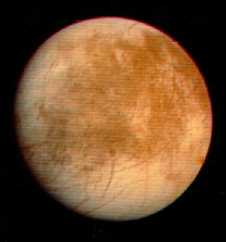
Icy moons are large or small moons which are composed mostly of ice. These moons are unlike the earth's moon, which is made of silicate rock. Perfect examples of icy moons are 3 of the Galilean satellites,
...more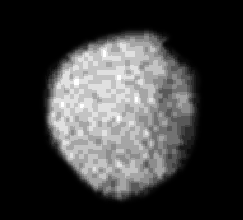
Puck was discovered by Voyager 2 in 1986. It has a standoff distance of 86,010 km. Puck is one of the small moons, and is about as wide as a county at 150 km (100 miles) long. As a small moon, the composition
...more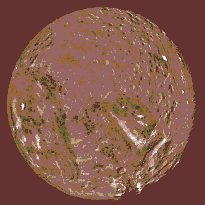
Miranda was discovered by G. Kuiper in 1948. It has a standoff distance of 129,780 km. Miranda one of the smallest icy moons, and is as wide as the distance from Los Angeles to San Francisco, being 47
...more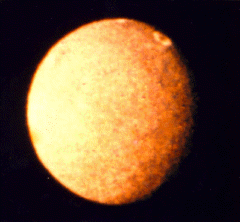
Umbriel was discovered by W. Lassell in 1851. It has a standoff distance of 265,970 km. Umbriel is about as wide as the Oregon coast line, being 1170 km (780 miles) in size. The surface features of this
...more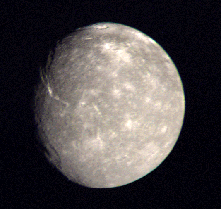
Titania was discovered by W. Herschel in 1787. It has a standoff distance of 435,840 km. Titania is about as wide as the state of California is long, being 1580 km (1053 miles) in size. The surface features
...more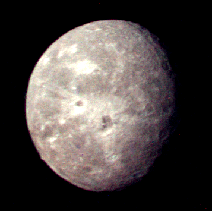
Oberon was discovered by W. Herschel in 1787. It has a standoff distance of 582,600 km. Oberon is about as wide as the state of California is long, being 1520 km (1013 miles) in size. The surface features
...more
The surface of Miranda is very unusual. It is not like any other moon in the solar system. Miranda has many craters but also very big grooves. These indicate that there has been activity inside Miranda
...more
The surface of Oberon is typical of an icy moon. It appears to be resurfaced, and changed for it is lightly cratered with grooves and ridges similar to those found on Ganymede extending for many kilometers
...more












